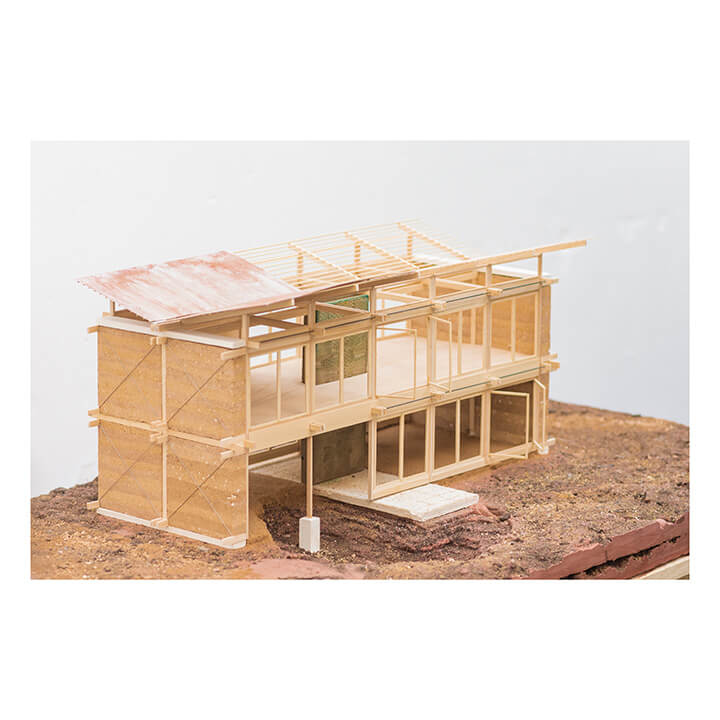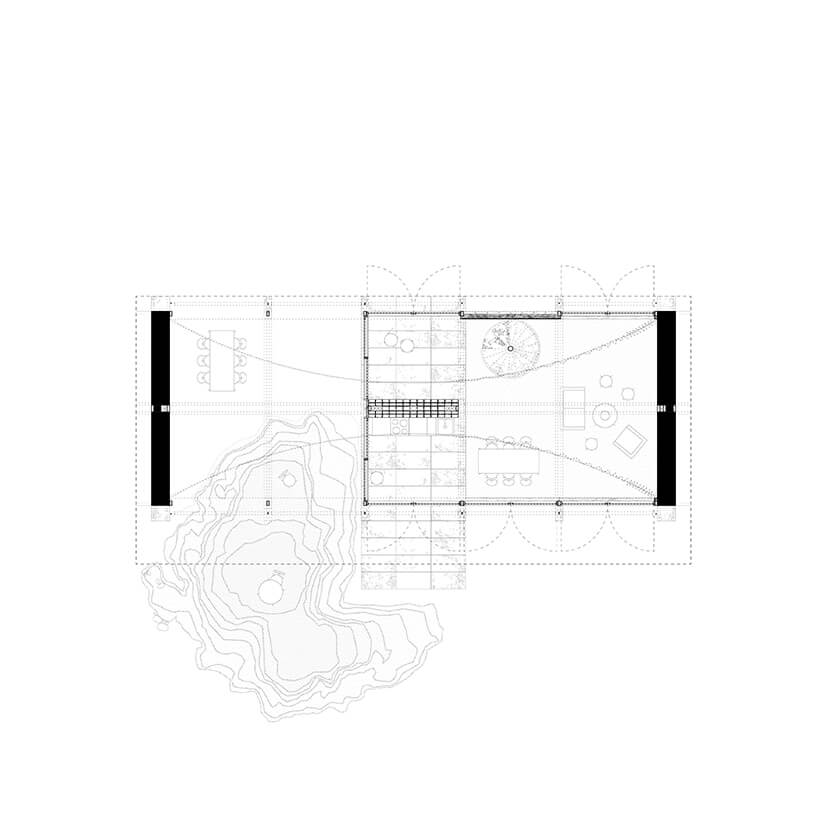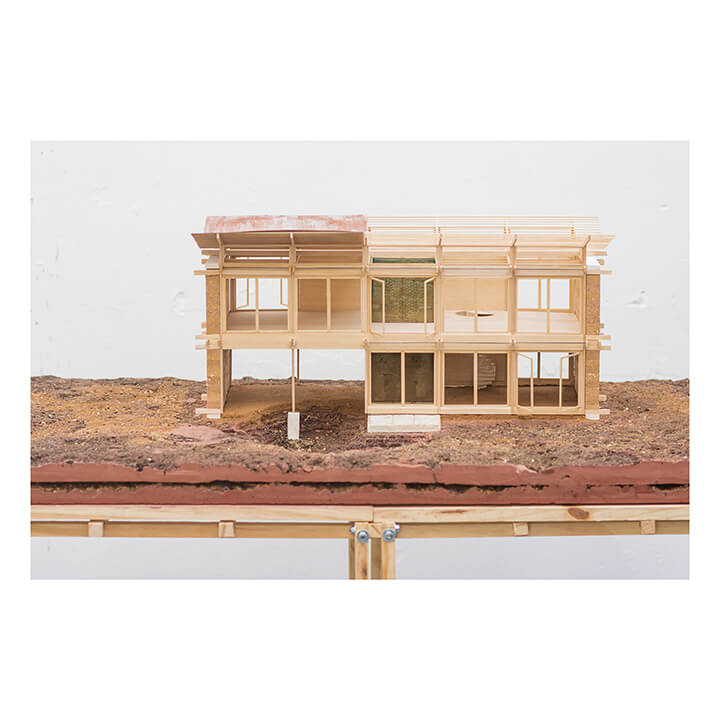Collectif (in)visible
This research questions the (in)visible traces of extraction of construction “materials” and their impact on the landscape.
If architecture manifests itself through an act of separation – an additive force -, the use of earth resources – a subtractive force – refers to its elementary foundation. Far from having slowed down or reversed in the face of global warming, the generalized movement of depletion of territories for the purpose of exploiting the primary resources they shelter or cover (forest, mines, agriculture…) continues to grow. The example of the proliferation of suburban housing on the outskirts of cities is eloquent in this regard. The proposed architectural model questions us on the materials we use, on our relationship to the territory and on the spatialities we inhabit. An immersive exploration brought us to the heart of the construction and transformation processes of the ground and the subsoil.
The approach goes beyond simple thermal calculations to research and create a language and new spatialities. Strategies of alternative habitability anchor a contemporary territorial narrative in material sensitivity and constructive simplicity.If architecture is the separative force that continually emerges from the encounter between living ecosystems and earthly materials, one wonders if it could be understood as a means of interdependence with a territory rather than as an agent of depletion. What patterns and actions might such a paradigm induce? How does inhabiting this architecture produce a potential for regenerating landscapes and making a world of coexistences?
Authors: Collectif (in)visible.
Location: Mériganc, France.
University: Versailles National School of Architecture (ENSA Versailles).
Year: 2022


